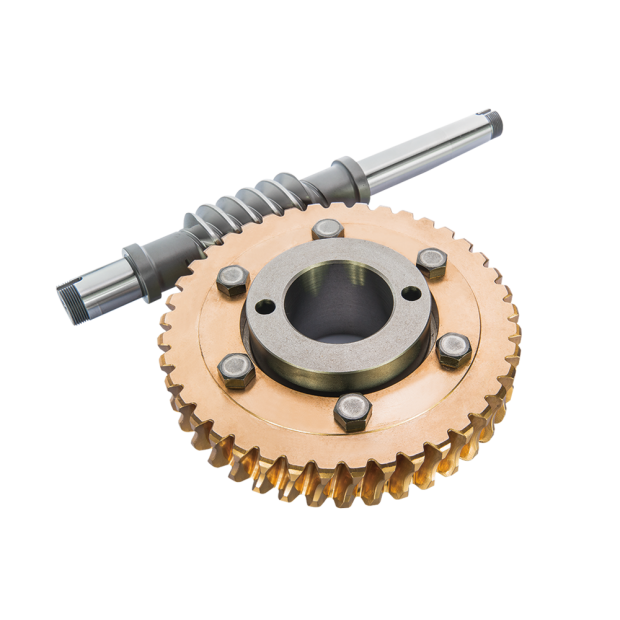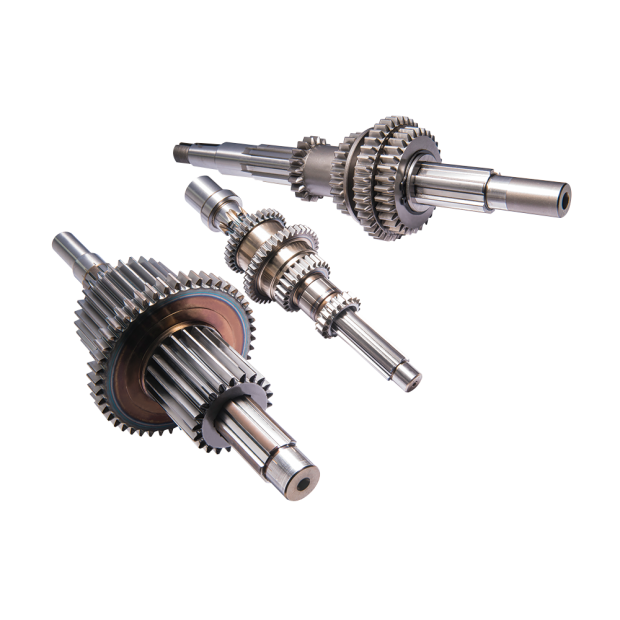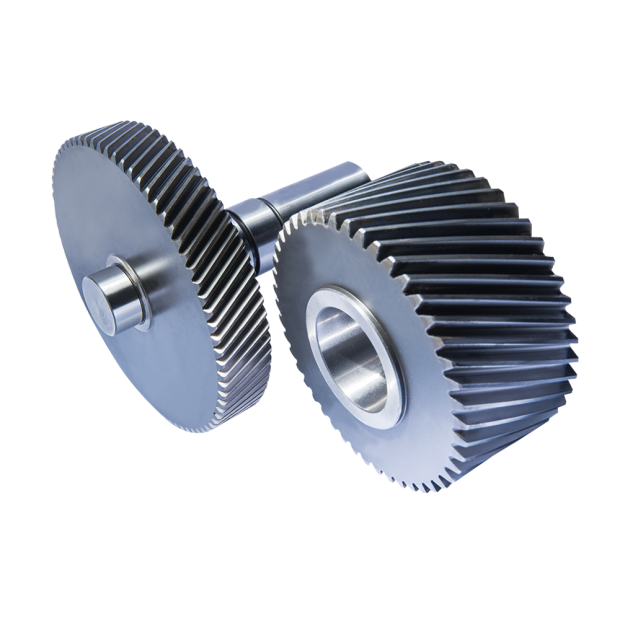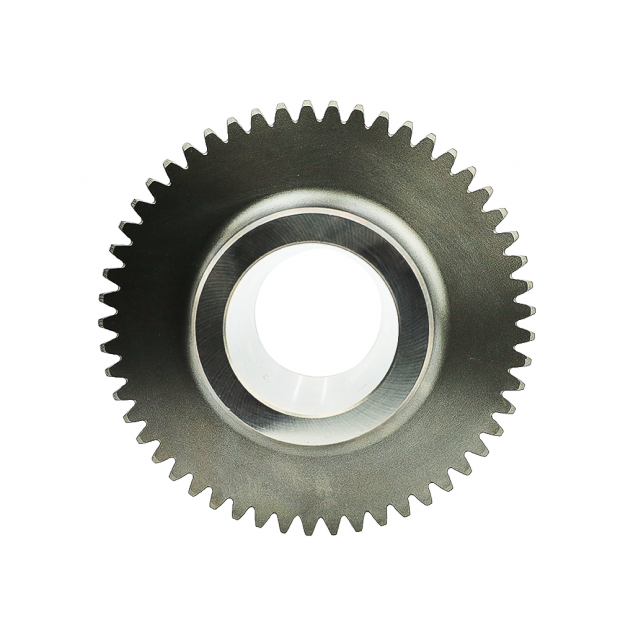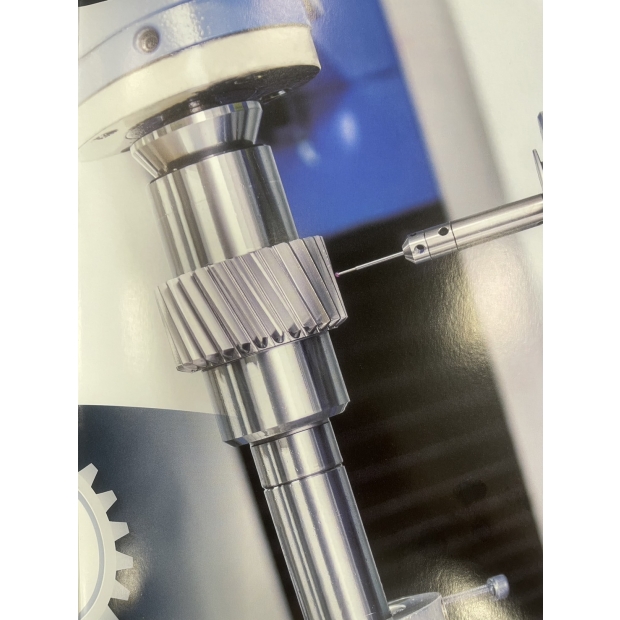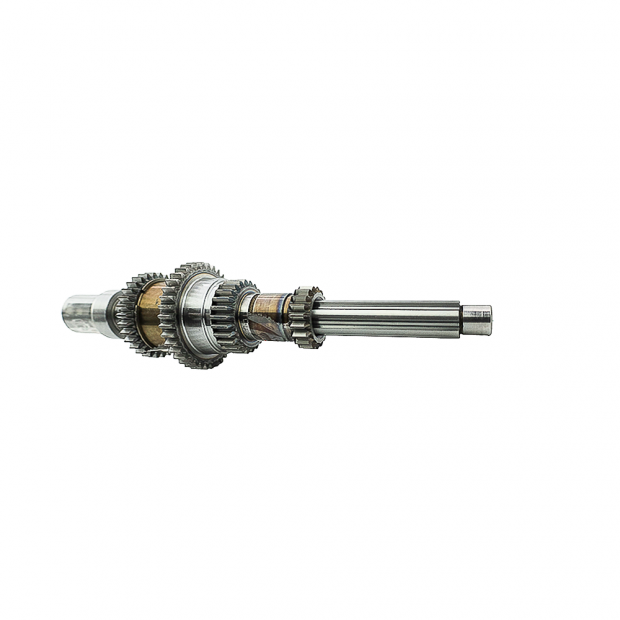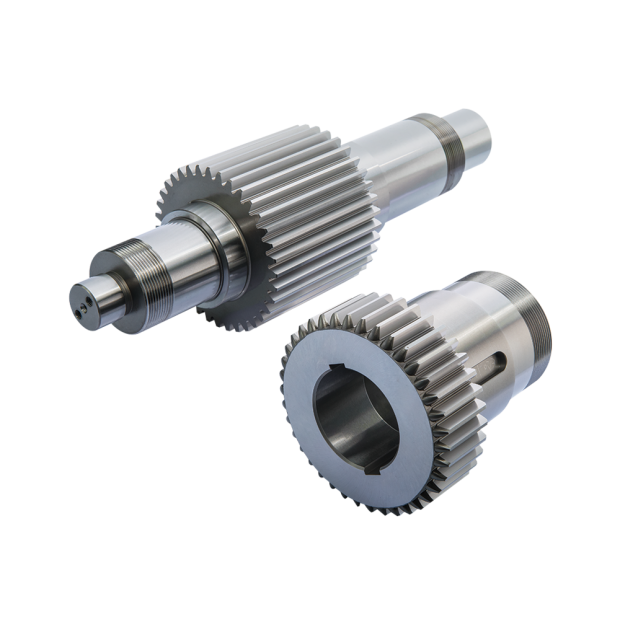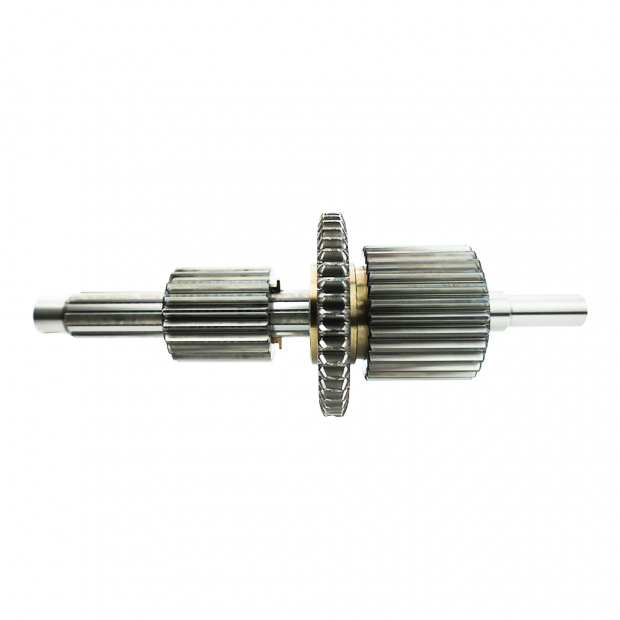All PRODUCT
-
Read More
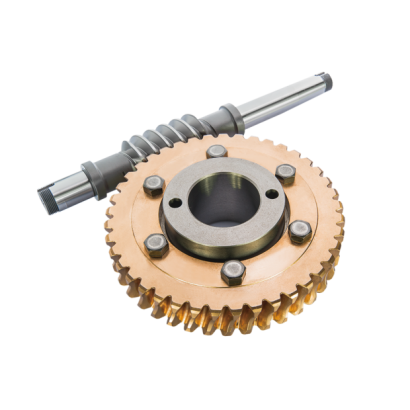 Worm And Worm Gear
Worm And Worm GearWorm And Worm Gear
A worm and worm gear, also known as a worm drive, is a type of gear arrangement where a worm (which is a screw) meshes with a worm gear (which is similar in appearance to a spur gear). This setup is commonly used when a high reduction ratio is needed, allowing for the transmission of motion and power between non-parallel and non-intersecting shafts, typically at a right angle. -
Read More
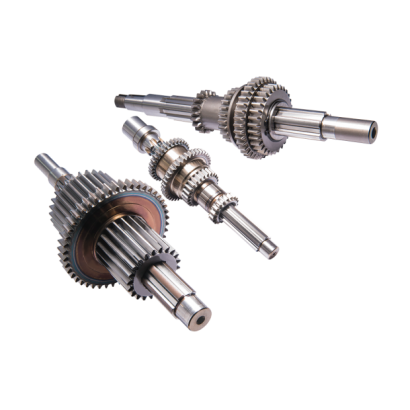 Gear Train
Gear TrainGear Train
A gear train is a mechanical system composed of multiple gears that work together to transmit motion and power from one part of a machine to another. Gear trains are used to change the speed, torque, and direction of a power source. -
Read More
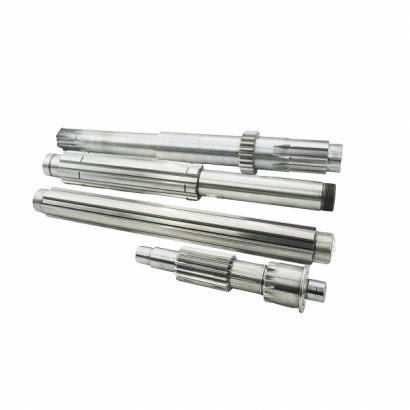 Gear Shaft
Gear ShaftGear Shaft
A gear shaft is a mechanical component that serves as a support and axis for gears to rotate around. It is an integral part of gear systems, providing the means for transferring rotational motion and torque between different gears. Gear shafts are typically made of strong, durable materials such as steel to withstand the forces exerted during operation. -
Read More
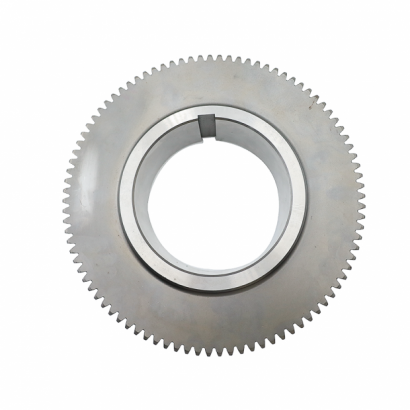 Spur Gear
Spur GearSpur Gear
A spur gear is a type of gear with straight teeth that are mounted on a parallel shaft. These gears are the most common type used in mechanical applications. Here are some key characteristics and uses of spur gears: -
Read More
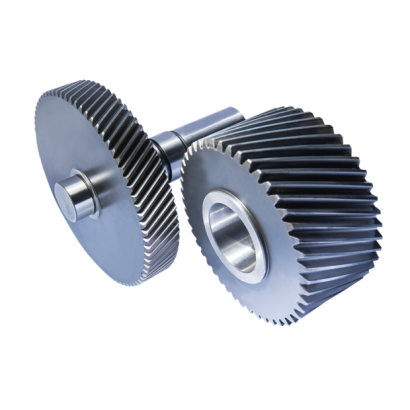 Helical Gear
Helical GearHelical Gear
A helical gear is a type of cylindrical gear with helically shaped teeth that are cut at an angle to the gear axis. These gears are widely used in mechanical engineering for transmitting power and motion between parallel shafts. Here are some key features and uses of helical gears: -
Read More
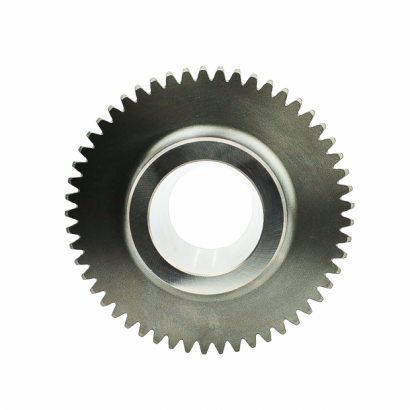 Pump Gear
Pump GearPump Gear
A pump gear typically refers to a gear used within a pump mechanism to facilitate the transfer or movement of fluids. In the context of pumps, gears are crucial components that help in generating the necessary pressure or suction to move liquids or gases through the system. These gears can vary widely in size, design, and material depending on the specific application and type of pump. Here are some key points about pump gears: -
Read More
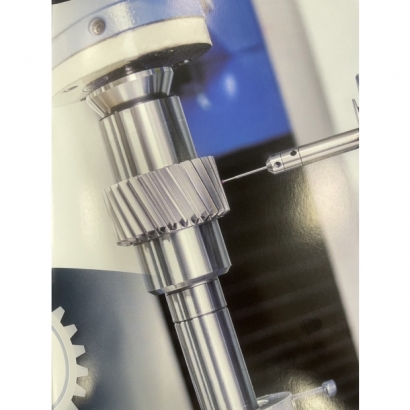 Spiral Gear
Spiral GearSpiral Gear
A "spiral gear" is a type of gear that features teeth that are curved along a helical path around the gear's circumference. These gears are often confused with helical gears, but they differ in the shape and orientation of their teeth: -
Read More
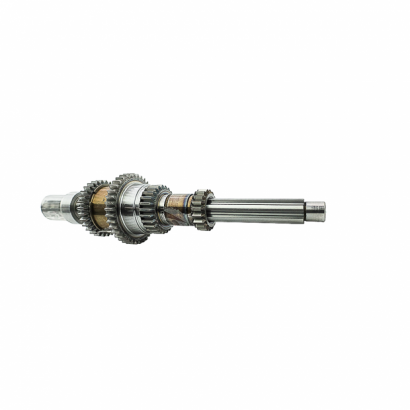 Gear Machining Case - Gear for Machine Tools
Gear Machining Case - Gear for Machine ToolsGear Machining Case - Gear for Machine Tools
A "gear for machine tools" refers to a type of gear specifically designed for use in various types of machine tools, such as lathes, milling machines, drilling machines, and so on. These gears are essential components that facilitate the transmission of power and motion within the machine, enabling it to perform various machining operations. They are typically precision-engineered to ensure smooth operation, accuracy, and durability in industrial settings. -
Read More
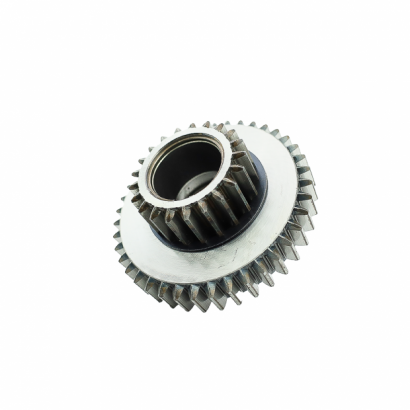 Gear Machining Case - Gears for Gearboxes
Gear Machining Case - Gears for GearboxesGear Machining Case - Gears for Gearboxes
A gear for a gearbox refers to a specific type of gear designed to be used within a gearbox assembly. Gearboxes, also known as gear reducers or gear drives, are mechanical devices that transmit power and torque from a motor or engine to another mechanical device or system. The gears inside a gearbox are crucial because they facilitate the transformation of speed, torque, and direction of the rotational motion between input and output shafts. -
Read More
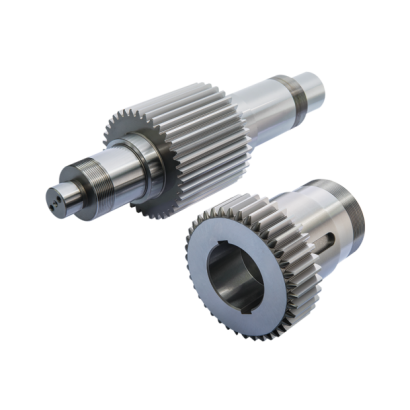 Gear Machining Case - Gears for Motors
Gear Machining Case - Gears for MotorsGear Machining Case - Gears for Motors
Gears for motors refer to specific types of gears designed to be used in conjunction with electric motors or internal combustion engines. These gears are essential for transmitting power and motion from the motor to other mechanical components or systems, enabling various applications across industries. Here are some common types and purposes of gears for motors: -
Read More
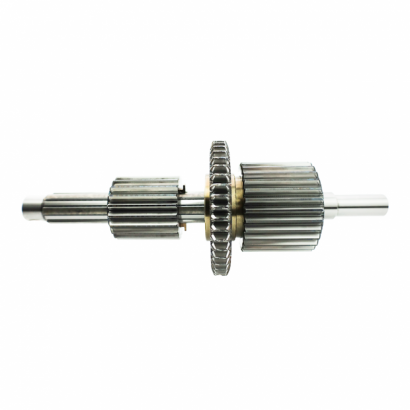 Gear Machining Case - Agricultural Machinery Use
Gear Machining Case - Agricultural Machinery UseGear Machining Case - Agricultural Machinery Use
Gears for agricultural machinery serve critical roles in the operation and functionality of various equipment used in farming and agricultural practices. These gears are designed to withstand the demanding conditions typically encountered in agricultural settings, including exposure to dirt, debris, moisture, and varying loads. Here are some common types and applications of gears in agricultural machinery: -
Read More
 Gear Machining Case Study - Bevel Gear Meshing
Gear Machining Case Study - Bevel Gear MeshingGear Machining Case Study - Bevel Gear Meshing
Bevel gear meshing refers to the interaction between two bevel gears, which are gears with teeth that are cut along conical surfaces. These gears are used to transmit motion and power between shafts that are typically intersecting but not necessarily parallel. Here are some key points about bevel gear meshing:

